Organic Foods Worse Than Conventional: 11 Shocking Truths (Food Scientists Break Their Silence)
Food scientist Dr. Sarah Chen spent 15 years believing organic was always better—until her own research proved otherwise. For decades, shoppers have been told that “organic” automatically means safer, healthier, and more sustainable, fueling a $50+ billion annual industry.
But emerging studies are challenging that belief, showing that in some cases, organic foods are worse than conventional alternatives.
This isn’t just a matter of price tags—it’s about nutritional value, safety, and even environmental trade-offs. Consumers often make choices based on assumptions rather than evidence, and the truth behind conventional vs organic foods is far more nuanced than marketing suggests.
🥬 Organic vs Conventional: The Full Picture
These foods absorb the most pesticides – consider buying organic:
- 90% less pesticide residue
- No synthetic fertilizers
- Better for some insects
- Costs 20-40% more
- Needs 25% more land
- Still uses natural pesticides
- More affordable
- Feeds more people
- Uses less land
- Same nutrition as organic
- Higher pesticide residue
- Synthetic chemicals used
Dirty Dozen foods you eat daily
Clean Fifteen foods (avocados, corn)
Use savings to buy more produce
Consider organic baby food & milk
Eating more fruits and vegetables matters more than how they’re grown
Smart Food Shopping: When to Choose Organic and When to Skip It
You stand in the grocery store, looking at two apples. One costs $3.99 per pound. The other costs $1.99. Both look fine. Which do you pick?
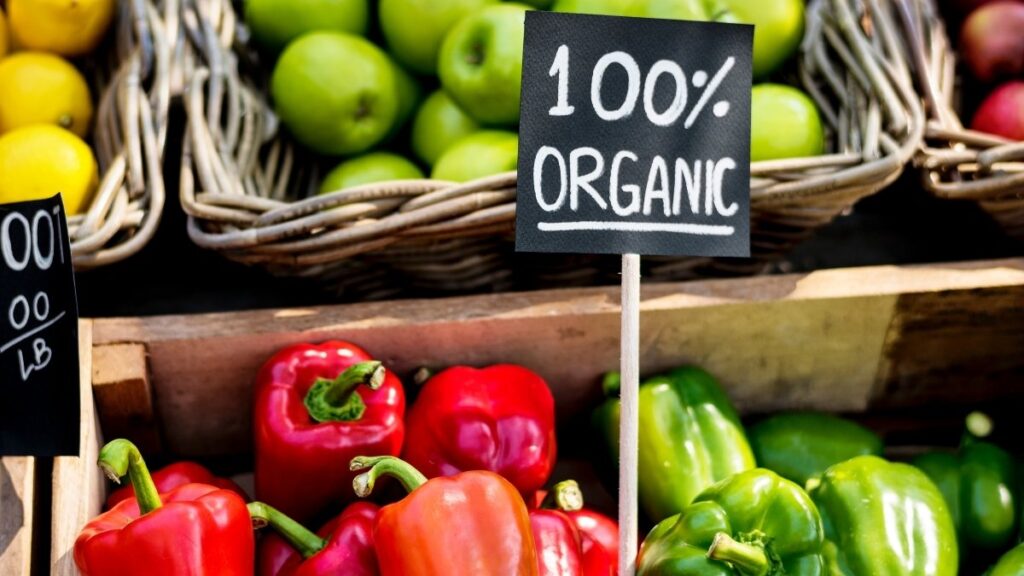
This choice happens dozens of times during each shopping trip. And it’s getting harder to decide.
Organic food sales hit $50 billion last year. But you probably don’t have an unlimited budget. You need to know where organic actually matters and where you can save money without compromising your health.
Here’s what the science shows about making smart choices.
When Organic Actually Matters
Some foods are worth the extra cost. These are the ones where conventional farming uses more pesticides or where organic versions offer real benefits.
Strawberries top the dirty dozen list. They absorb pesticides through their soft skin. The Environmental Working Group found pesticide residues on 99% of conventional strawberries tested.
Organic strawberries had significantly lower levels.
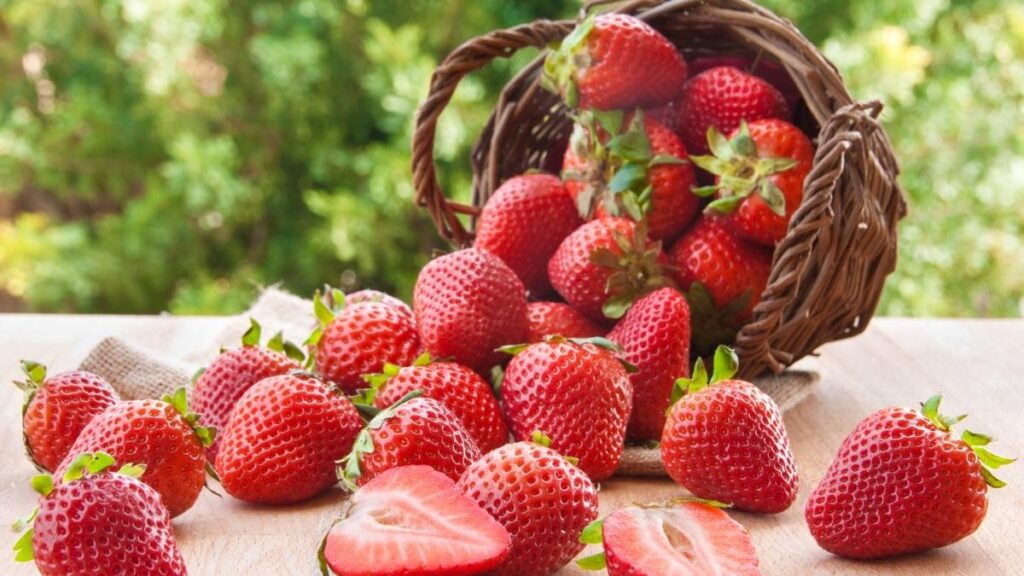
Spinach comes in second. It grows close to the ground where soil contamination matters more. Plus, you eat the leaves where pesticides sit.
One study found DDT residues (banned since 1972) still showing up in conventional spinach.
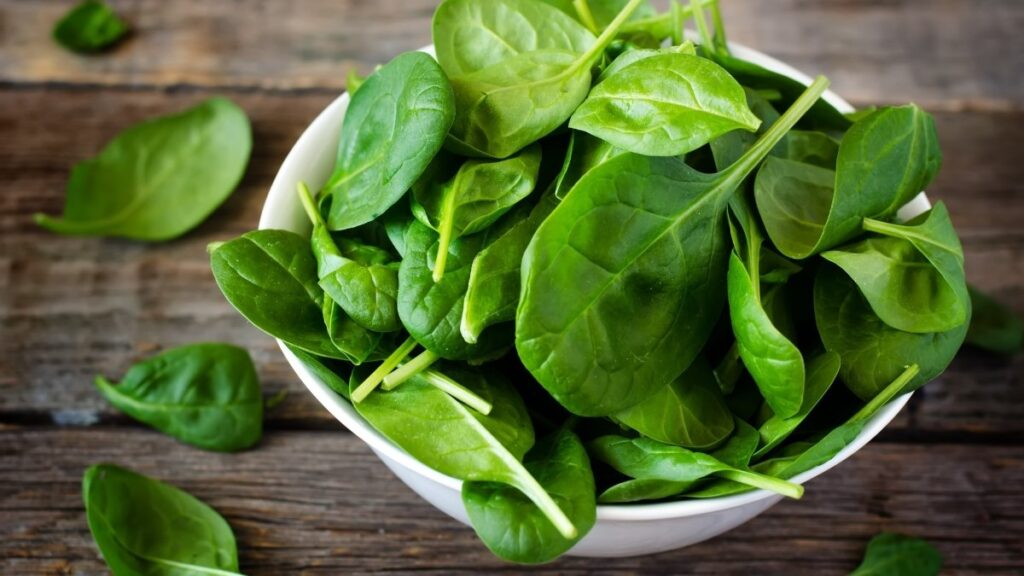
Apples make the list too. Their thin skin doesn’t protect them. And many farms spray them multiple times during growing season.
Organic apples cost about 40% more, but testing shows the pesticide difference is real.
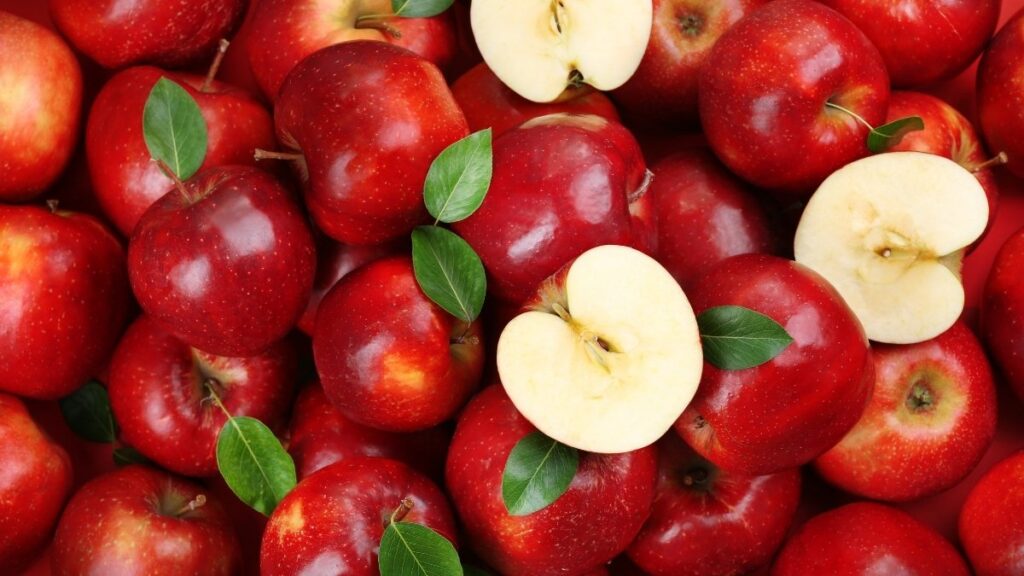
Where You Can Skip Organic
Some foods have natural protection or get processed in ways that remove pesticide residues. Save your money on these.
Avocados have thick skin you don’t eat. The flesh inside stays clean even if the outside has residues.
Only 1% of avocados tested showed any detectable pesticides in the part you actually consume.
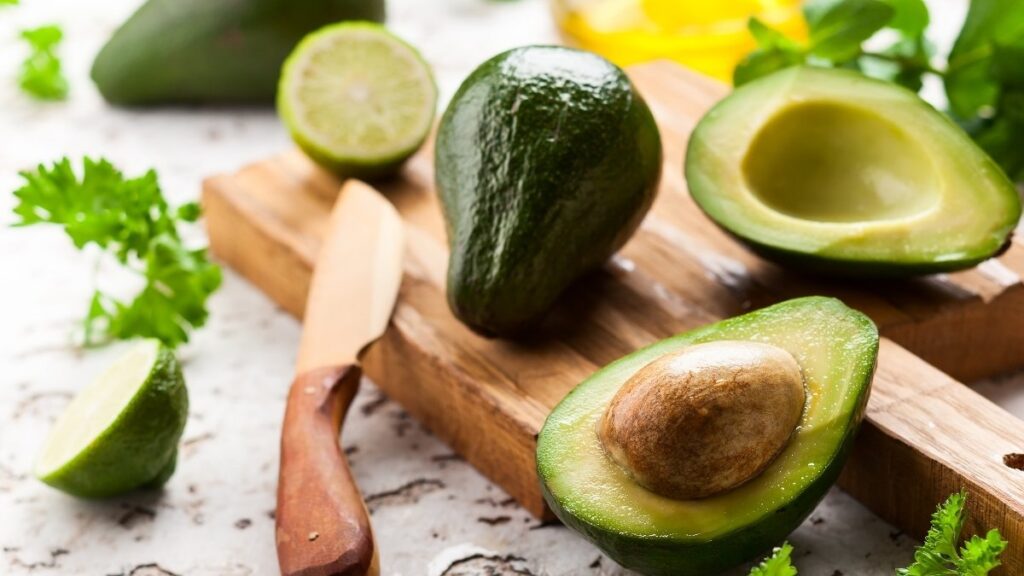
Sweet corn gets protected by its husk. The kernels inside stay clean. Plus, most corn pesticides get used early in the growing process, not right before harvest.
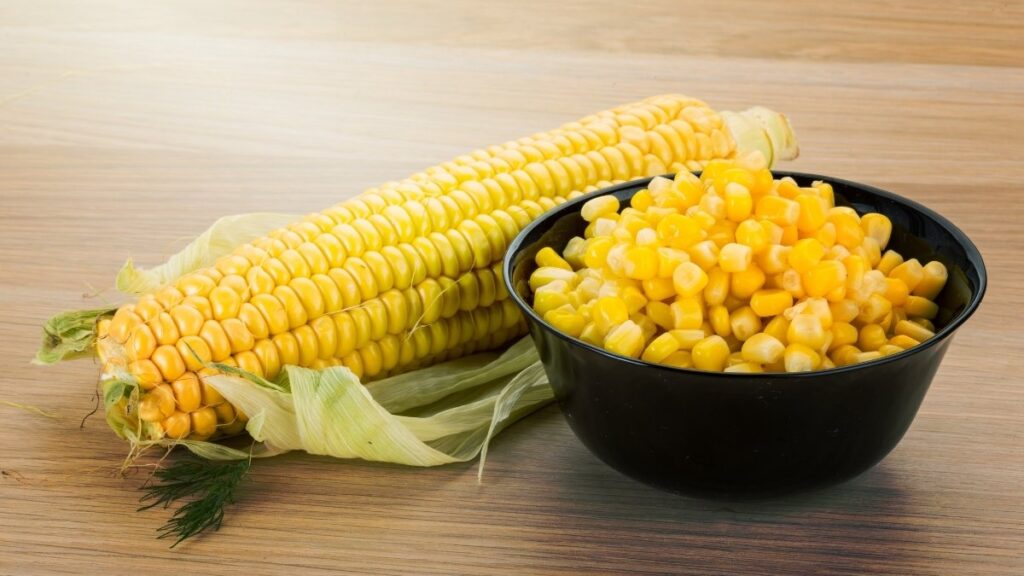
Pineapples have that tough exterior. By the time you cut through to the fruit, pesticide exposure becomes minimal. Studies show almost no detectable residues in the edible portions.

The Milk Decision
Conventional milk gets tested more often than organic. The FDA requires testing for antibiotics in every truck that arrives at processing plants. If any antibiotics show up, the entire load gets thrown out.
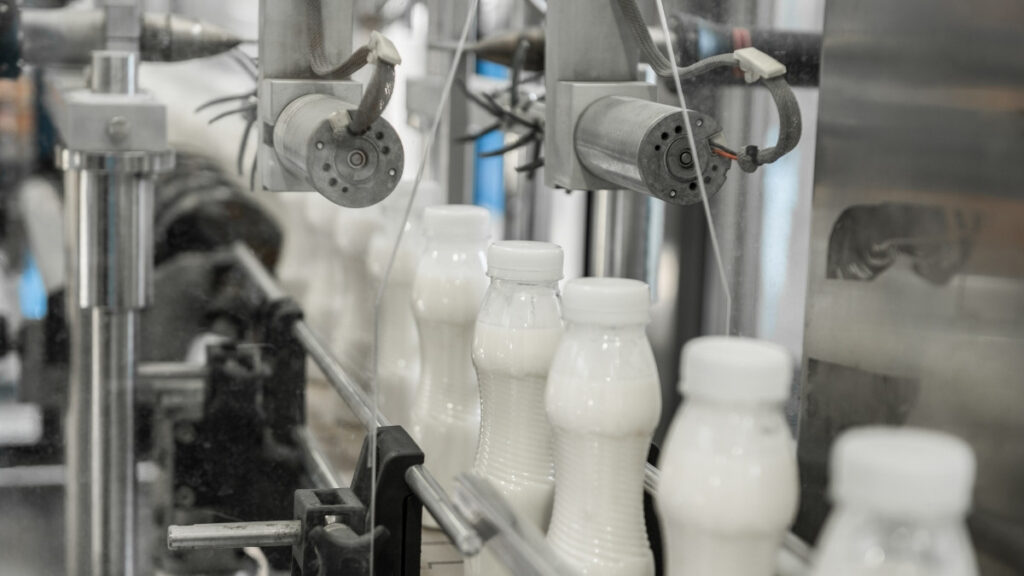
Organic milk costs about twice as much as conventional. But nutritionally, they’re nearly identical. Both get fortified with vitamin D. Both provide the same protein and calcium.
The main difference? Organic cows eat organic feed and don’t get antibiotics. But since antibiotics can’t legally appear in any milk (organic or conventional), this matters less than marketing suggests.
If budget is tight, conventional milk gives you the same nutritional benefits.
Meat: Where Organic Shows Bigger Differences
Organic meat rules are stricter than for produce. Organic animals can’t get antibiotics or growth hormones. They must have access to pasture and eat organic feed.
Chicken shows the biggest differences. Conventional operations can use antibiotics to prevent disease in crowded conditions.
Organic chickens need more space and can’t get routine antibiotics.
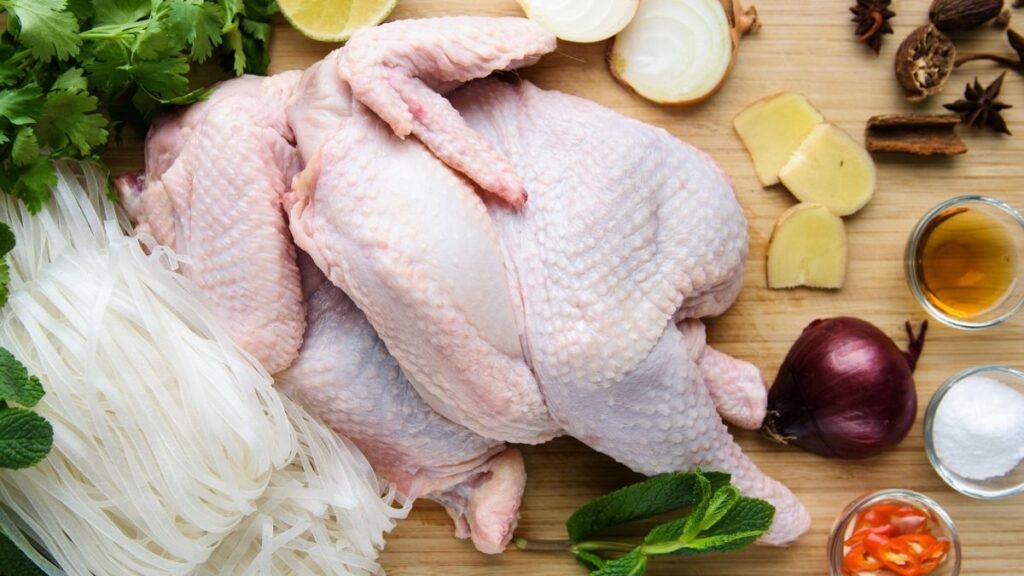
Ground beef matters more than steaks. Ground meat comes from multiple animals, increasing your exposure to any problems. Steaks come from one animal, so contamination risk stays lower.
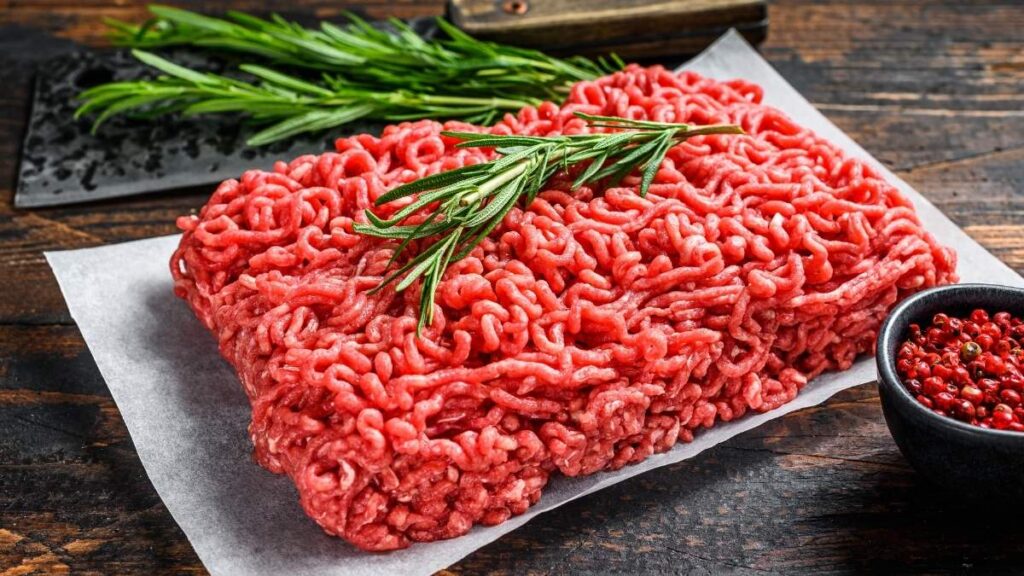
Fish gets tricky. “Organic” fish doesn’t mean much since ocean fish swim in uncontrolled waters. Wild-caught often beats farmed for both taste and contamination levels.

Eggs: The Real Story
Conventional eggs get tested for salmonella more frequently than organic ones. Large conventional operations have strict protocols because they process so many eggs.

But organic eggs come from chickens with more space and outdoor access. This can mean happier chickens, though it doesn’t necessarily mean safer or more nutritious eggs.
Price difference runs about $2-3 per dozen. If you eat a lot of eggs, that adds up fast.
The Frozen Food Aisle
Frozen vegetables often beat fresh organic ones for nutrition. Here’s why: conventional frozen vegetables get picked at peak ripeness and frozen within hours. Organic fresh vegetables might travel for days or weeks before reaching your plate.

That organic broccoli from California took 5-7 days to reach your East Coast grocery store. The conventional frozen broccoli got processed the day it was harvested.
Frozen also costs less and lasts longer. You waste less food, which helps your budget and the environment.
Processed Foods: When Labels Mislead
Organic cookies are still cookies. They have the same sugar, fat, and calories as conventional ones. Don’t let the organic label fool you into thinking they’re healthy.
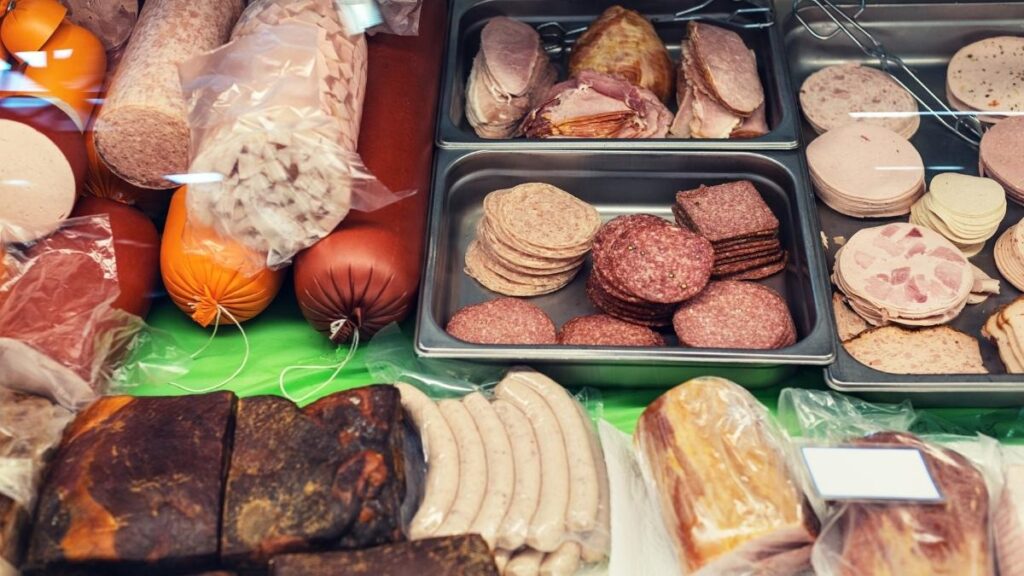
Same goes for organic chips, crackers, and candy. The organic certification means the ingredients were grown organically. It doesn’t make junk food nutritious.
Focus on eating more whole foods (organic or conventional) rather than organic processed foods.
Your Smart Shopping Strategy
Buy organic for the dirty dozen: strawberries, spinach, kale, peaches, pears, nectarines, apples, grapes, peppers, celery, tomatoes, and potatoes. These absorb more pesticides.
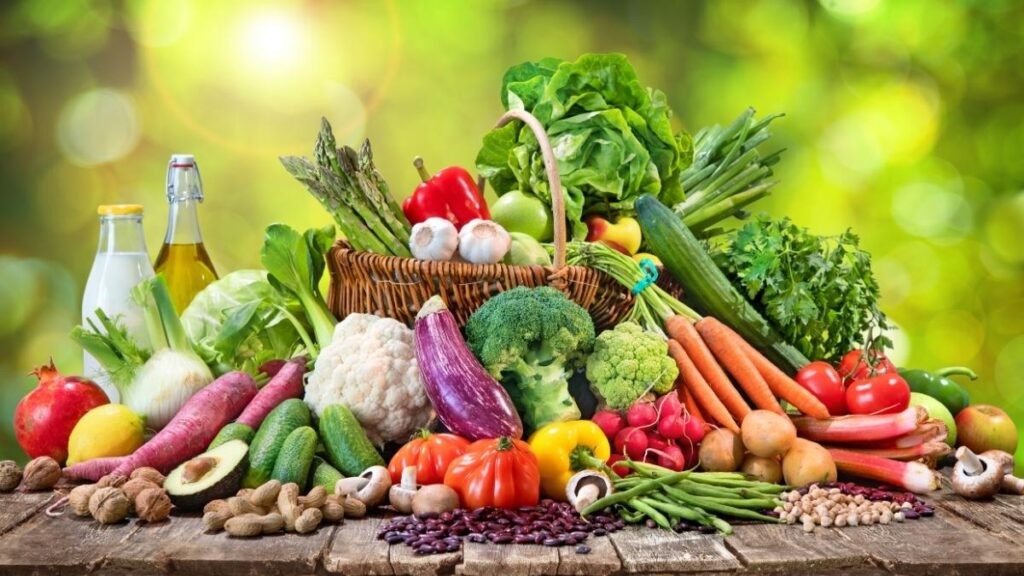
Skip organic for the clean fifteen: avocados, sweet corn, pineapple, onions, papaya, frozen sweet peas, asparagus, honeydew, kiwi, cabbage, mushrooms, mangoes, sweet potatoes, watermelon, and carrots. These have natural protection or low pesticide residues.
Choose organic meat and dairy if your budget allows. The differences in farming practices are more significant here than with many fruits and vegetables.
Don’t stress about perfection. Eating conventional fruits and vegetables is much better than eating no fruits and vegetables. The health benefits of eating produce far outweigh any pesticide concerns.
The Bottom Line
You don’t need to choose all organic or all conventional. Smart shopping means knowing where your money makes the biggest difference.
Spend extra on organic strawberries and spinach. Save money on conventional avocados and corn. Buy whatever fits your budget for everything else.
The most important choice? Eating more fruits and vegetables, regardless of how they were grown. Your health will benefit more from adding an extra serving of conventional produce than from stressing about pesticide residues.
Make informed choices based on your priorities, budget, and the specific foods you’re buying. That’s smarter than following blanket rules about organic versus conventional.








